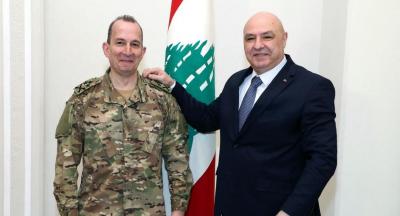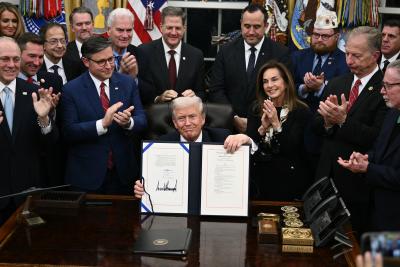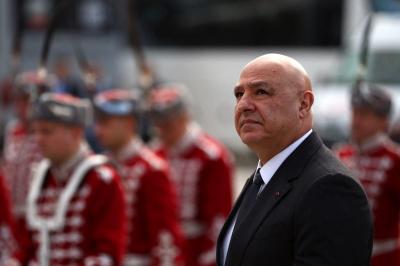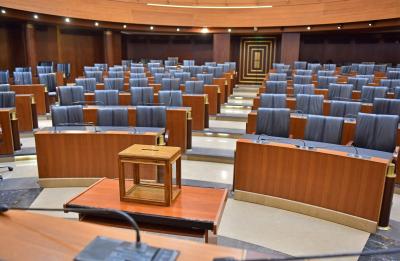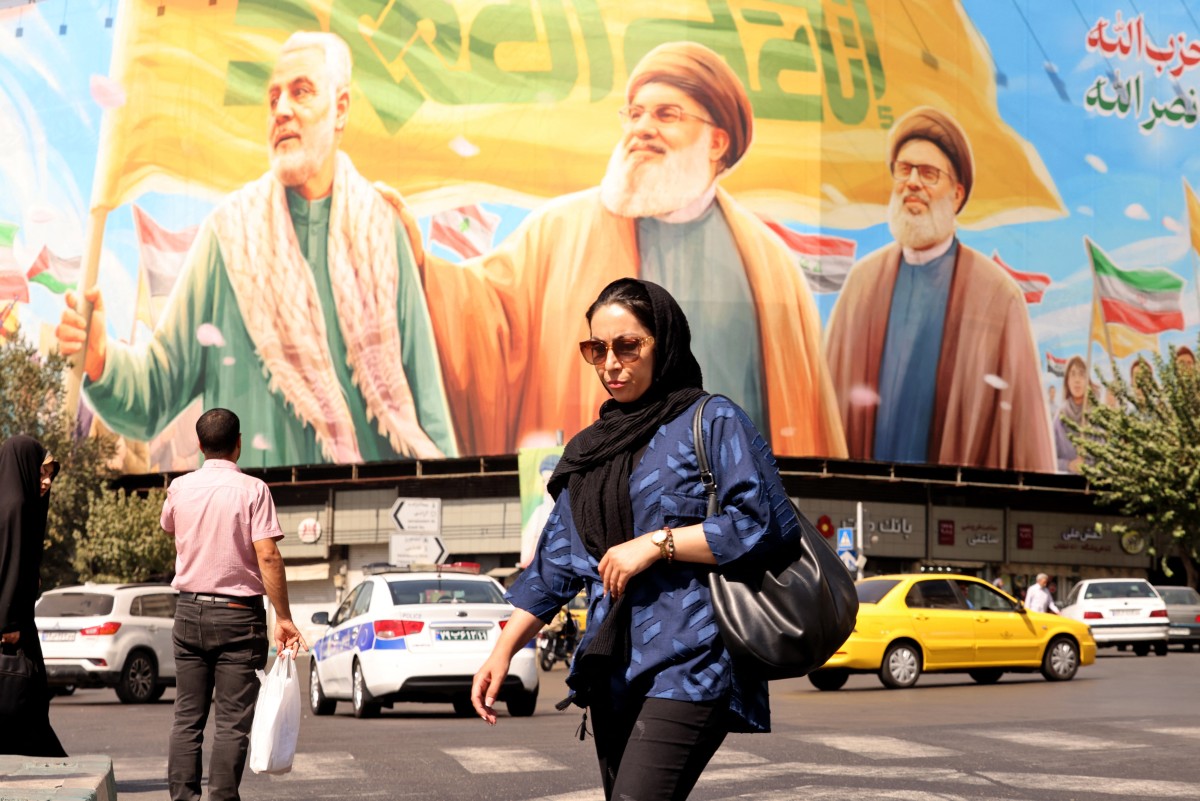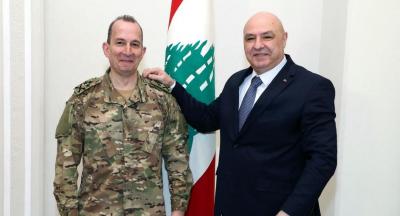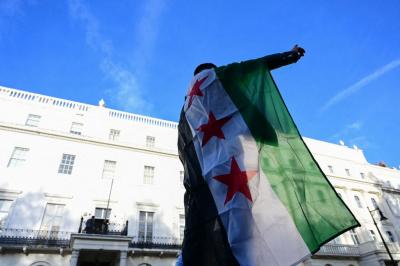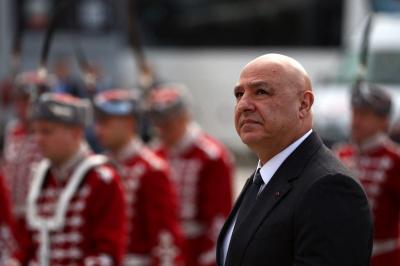Iran has entered a new phase in its protracted confrontation with the West, led by the United States, after the European troika—Britain, France, and Germany—triggered the so-called “snapback mechanism” to reimpose United Nations sanctions on Tehran.
The move followed a failed Russian-Chinese mediation effort, which ended with the UN Security Council giving the green light on grounds that Iran had failed to meet its nuclear obligations.
The sanctions target companies, organizations, and individuals linked to Tehran’s nuclear and ballistic missile programs. They prohibit the sale or transfer of conventional weapons, block imports and exports of related components and technologies, freeze assets, impose travel bans, and restrict access to financial systems that might support these activities.
While aimed at crippling Iran’s nuclear progress, the measures are also designed to inflict deeper pain on the country’s already battered economy, particularly the financial sector. The Iranian rial has plunged to record lows.
But Tehran has weathered such storms before. Since the 1979 revolution, it has endured waves of severe embargoes. Implementation of the latest sanctions faces hurdles tied to member-state laws and enforcement mechanisms. Still, the European decision, driven by U.S. pressure, was met with predictable Iranian defiance. Officials denounced the move as illegal, arguing that Europe itself had failed to uphold its commitments. Instead, Iran is betting on allies such as China and Russia, and on broader blocs like the Shanghai Cooperation Organization and BRICS, to keep its economy afloat.
Despite the binding nature of UN sanctions, enforcement often falters. Both Moscow and Beijing rejected the “snapback” mechanism as illegitimate, and China, in particular, has maintained oil trade with Iran in the past, serving as an economic lifeline. Tehran has successfully rerouted exports through China, regional buyers, and even black markets—keeping crude flows near or above 1.5 million barrels per day. Russia may follow suit, though doing so risks worsening its already fraught ties with Washington, strained further by the war in Ukraine.
Tehran’s Options
Iranian leaders quickly downplayed the latest sanctions, dismissing them as psychological warfare. They note that U.S. restrictions, far harsher than the new UN measures, have long been in force and deeply embedded in the economy. What changes now is that Washington has gained a multilateral tool to intensify its “maximum pressure” campaign—using the UN to monitor and isolate violators of the embargo.
Tehran, however, has been recalibrating since the heavy blows delivered by the U.S. and Israel in June. With scientific know-how and uranium enrichment capabilities intact, Iranian officials have rebuffed calls to return to negotiations, insisting they will not do so under military pressure.
Their current course points toward a calculated hardline approach. Since June, Iran has suspended cooperation with the International Atomic Energy Agency (IAEA). It is also signaling possible escalation: raising enrichment levels, cutting off ties with the IAEA altogether, and even withdrawing from the Nuclear Non-Proliferation Treaty—a threat unlikely to be carried out soon, but kept in reserve as leverage.
For now, Tehran is buying time, maneuvering around the sanctions, and considering declaring itself free of the 2015 nuclear agreement abandoned by President Donald Trump in 2018. With war threats hanging over its head daily, Iran calculates it has little left to lose. Before 2015, sanctions and war threats were already the norm.
Still, the path of negotiation remains open—at least in the medium term. Domestically, the regime is expected to tighten control to maintain stability. Regionally, it is unlikely to upend its cautious détente with Gulf neighbors, particularly Saudi Arabia, which could pave the way for broader international arrangements to stabilize the Middle East.
For Washington and its European partners, diplomacy remains preferable, though always coupled with the threat of force. The snapback sanctions may represent one of their last peaceful tools to restrain Iran’s increasingly opaque nuclear program, potentially delaying another strike. What remains unclear is the true extent of Iran’s nuclear and military vulnerabilities after recent attacks—and whether those strikes achieved their objectives.
Ultimately, both Iran and the West appear locked in a strategy of balancing pressure with dialogue. Behind closed doors, backchannel contacts may quietly prepare the ground for renewed talks. For all sides, an uncontrolled slide into war would be disastrous.
Please post your comments on:
[email protected]
 Politics
Politics
